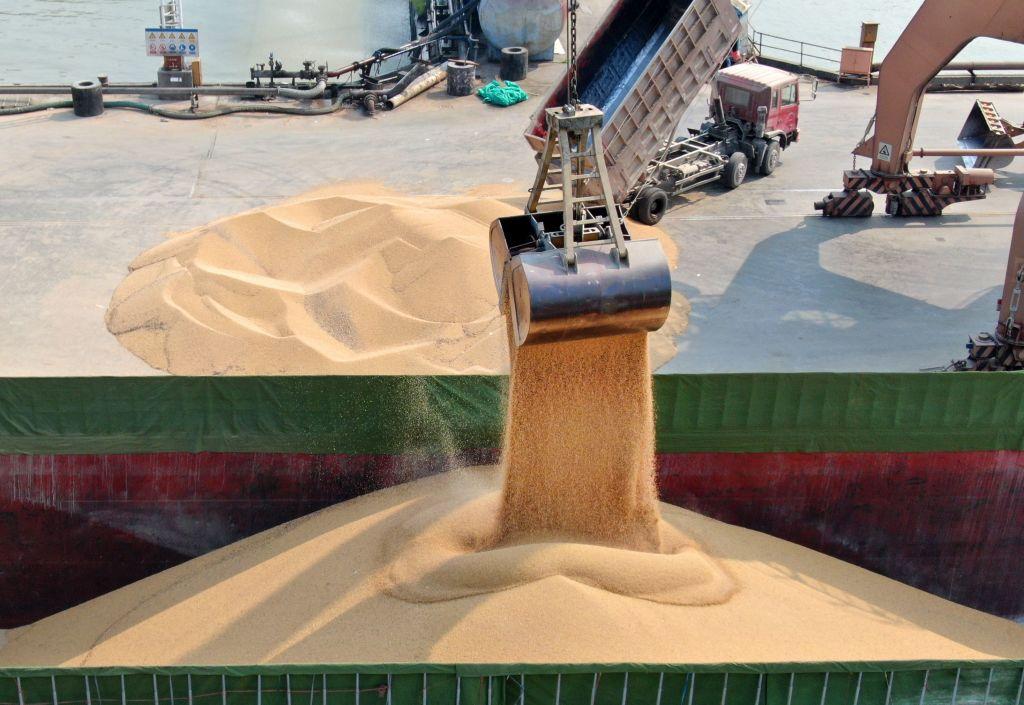News Analysis
China is concerned about its food supplies as the Russia-Ukraine war threatens various supply chains. Chinese authorities are calling on farmers to increase food production.

China is concerned about its food supplies as the Russia-Ukraine war threatens various supply chains. Chinese authorities are calling on farmers to increase food production.